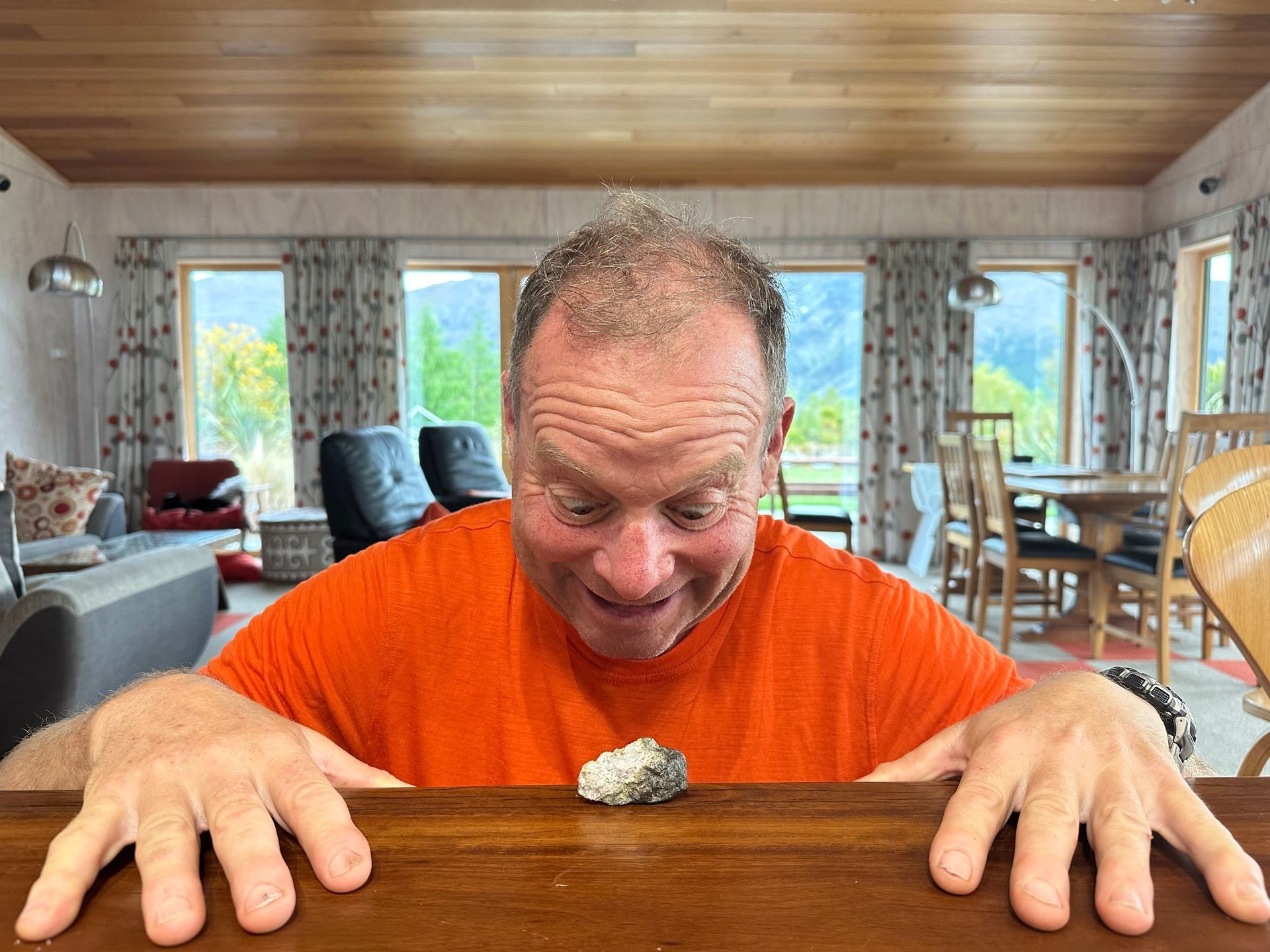It’s the little things

Our toilet cistern was running continuously the other day, which reminded me of the Hubble Space Telescope. While you might find it a stretch to compare our malfunctioning toilet cistern with a telescope located in low earth orbit (about 540km above the earth), there is a relationship between the performance of the two. The Hubble Telescope was launched into space in 1990 and remains functional today. It was not the first space telescope, but is one of the largest and most versatile, resulting in it recording highly detailed images of deep space. Many of its observations have led to breakthroughs in astrophysics, including determining the rate of expansion of the universe – it grows at about 70 kilometers per second per megaparsec (3 million light years).
When the Hubble Telescope was launched with great fanfare, it was with great consternation that the first images were found to be blurred. The blurring was discovered to be the result of the primary telescope mirror having been cut very slightly different from the curve it should have had. A solution was found and implemented in space in 1993 – corrective mirrors for the telescope carrying out the same function as corrective glasses for humans. As part of this process, the reason for the incorrect curve was investigated. It turned out that there was a 1.3mm error in the instrument that was designed to predict the appropriate curvature of the mirror (a ‘nul corrector’). The instrument was precision manufactured specifically for the Hubble Telescope job by Perkin-Elmer, the responsible optical manufacturing company. How could the instrument have had a 1.3mm error in its set-up?
It turns out that there was a measuring rod used to determine spacing within the instrument. That measuring rod had a beam of light projected down its centre which was supposed to reflect off the end of the rod in a predictable way. The problem turned out to be that the rod was inserted upside down – the two ends of the rod had different levels of reflectivity and the ‘wrong’ end of the rod, with lower reflectivity, was the one used for reflection of the beam of light. This resulted in the light bouncing back from a cap on top of the rod, rather than from the rod itself. There was no way that the person inserting the rod could have known it was upside down, which means there was no way they could have known it was correct either!
The mistake in the nul corrector was compounded by the subsequent checking process, after the mirror had been manufactured. Perkin-Elmer used two smaller and less powerful versions of the nul corrector. Both indicated that the mirror was misshapen. Management dismissed these findings, believing the less powerful instruments were not as good the specially manufactured version of the nul corrector. Internal recommendations for follow-up tests were waved off and the company did not report any of the concerns to NASA. NASA did not insist on further testing, despite the refusal of the inspector assigned to Perkin-Elmer to sign off on the accuracy of the final product. A full system test prior to launch into space was deemed too expensive. The result was a very expensive fix-up job and 3 years in which the telescope delivered blurry images. The Hubble’s installed cost was approximately USD4.7 billion, an order of magnitude greater than the $400 million original estimate (about USD9.7 billion in 2020 dollars).

Similar to the Hubble Telescope, our toilet flushing mechanism has some very small errors in its manufacture. The plate surrounding the buttons, which you push to flush the toilet, has a few little dips and lumps in it rather than being smooth plastic. When the mechanism was installed there was no issue with it, the dips and lumps were too small to obstruct movement of the button. However, over time, a very thin layer of dirt builds up on the inside of the button. At a critical point, the thin layer of dirt becomes thick enough to mean the button pushes in with the force of a human hand, but doesn’t spring back into position. The button stays in, the cistern keeps running, and water in our rain water tanks disappears through the toilet into the septic field.
If one was in a city one might not react with such horror to come home from being away and hearing a running toilet cistern when you walk in the door. Anyone should react with horror, because that sounds means a lot of waste water. However, it is only when you have a limited water supply that you have an environmentally correct reaction – a continuously running toilet can go through up to 15,000l of water per day! When your water storage for your entire house is 40,000l, this is a very big deal. And when summer is coming the top-ups of your tanks from rainfall are going to be spaced well apart, so it is a very big deal indeed. The risk faced is losing all one’s house water, resulting from tiny uneven spots in the manufacturing of a toilet flush.
Our ‘in space’ solution is to clean the inside of the flush button more frequently (admitting that it will be a struggle to remember that one needs to wipe down the inside of a button that one can’t see without pushing and holding it in). The proper solution would be a new button but, guess what, the button shapes have changed. Change seems to be a fundamental requirement in the building industry so one can keep selling new products, as opposed to keeping things the same so you can repair what you have. So the new button wouldn’t fit the cut-out of the current button! I guess we could get a custom button made, but the cost-benefit analysis on getting water trucked vs manufacturing a custom button in doesn’t come in on the right side of the equation, so we will be stuck with the cleaning solution for the time being.
In the end, when you think about the number of things that can go wrong in any manufacturing process, and the spreading implications of tiny errors, it seems incredible that humans make lots of complex items and they mostly work, at least most of the time!






